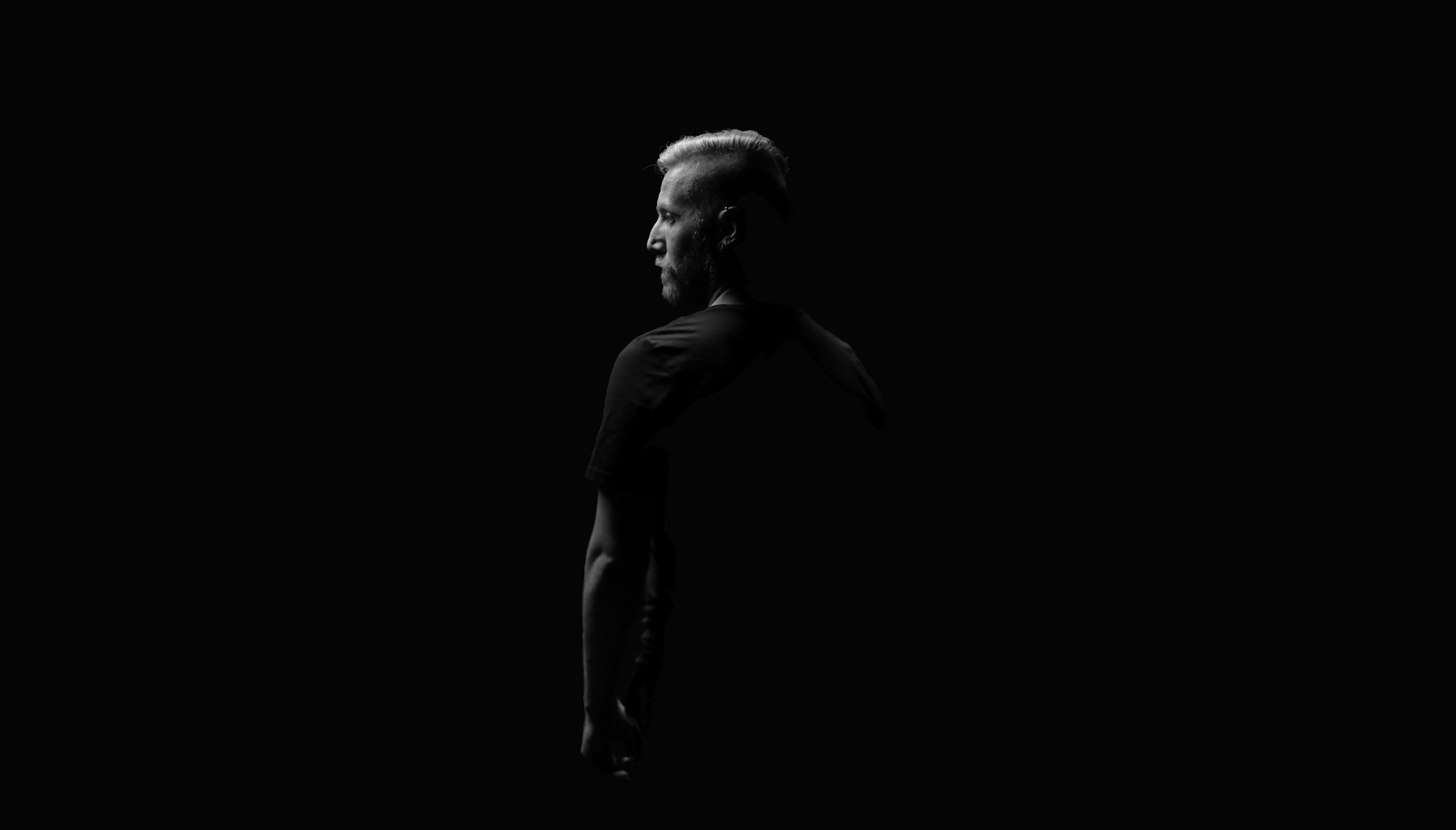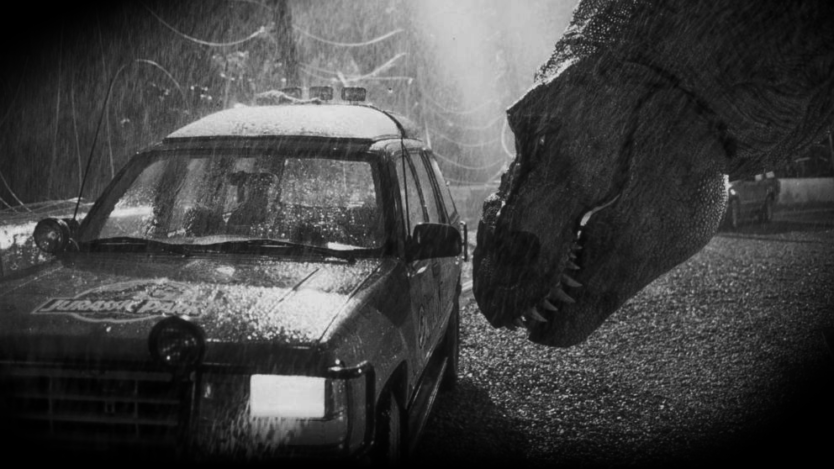30 million years ago, well ok – 30 years ago (not including the fundraising premiere on June 9th, 1993 or the film’s one night of previews on June 10th, 1993), the original Jurassic Park (1993) officially opened in 2,404 theatre locations (on an estimated 3,000 screens) to the delight and terror of movie-goers as dinosaurs were reintroduced to the world through genetic engineering.
The film itself, based on the 1990 best seller of the same name written by Michael Crichton (now deceased, 2008) and brought to life by director Steven Spielberg, made history by propelling how computer-generated animation was used in filmmaking (1) – it was the first time that computer-generated characters (the dinosaurs) interacted with human actors onscreen.
Originally, Spielberg’s idea had been to use stop motion animation for the dinosaur sequences (2), but it was no hidden secret that one of the most problematic factors in using stop motion animation is the seemingly plasticine like quality the dinosaur models have historically taken on which would destroy the illusion of reality-based movement (or having a lack of ‘motion blur’) – the defining quality in the eye to brain connection of understanding (and more importantly, believing) rapid movement in the realm of cinema or moving/motion pictures.
When Spielberg approached George Lucas’ Industrial Light and Magic (one of the industry’s leading visual effects developers) with the complication of trying to add motion blur to the velociraptor models he had, they convinced Spielberg that completely computer-generated dinosaurs were the way to go – these events, an unusual and never attempted solution for the time, set in motion what would become the aforementioned historic moment in filmmaking for computer-generated imagery (CGI) by achieving the enhancement of real world (or practical) footage by adding CGI elements in post-production to create the final finessed footage.
It was a major gamble at the time since the technology hadn’t been used this way before but it’s successful result was the introduction of the first ever use of CGI characters (with motion blur) interacting with live actors/characters onscreen to create the more believable interaction of the extinct dinosaurs and humans – propelling the idea of dinosaurs (and the technology) forward into the present as being more ‘real’.
This is not to say that all of the dinosaurs onscreen were computer generated – in fact, only 6 minutes of CGI dinosaurs were used in the making of Jurassic Park (1993). The footage of CGI animated models were supplemented with additional footage of physical dinosaur models and animatronics in a computer-generated and real-world juxtaposition layered together (for the first time ever) to create the action sequences within the film.
Outside of the action and peril the human characters face within Jurassic Park (1993), Spielberg has always had a refined ability to create audience relativity during moments of character wonder, curiosity and awe by lengthening out reactions onscreen before revealing what those characters are seeing or experiencing.
In my own opinion, this has never been accomplished better by Spielberg than when during Jurassic Park (1993), Grant (Sam Neill), Ellie (Laura Dern) and Malcolm (Jeff Goldblum) finally arrive on Isla Nublar and they see the first living Brachiosaurus – Edgar Wright of Empire Magazine even described the scene as the 28th most magical moment in cinema (3).
Jurassic Park (1993) still reigns as my favourite movie of all time – I was just a kid when it came out and on impulse (without seeing a trailer or reading the book) jumped into the dark to experience all the magic it was/is. I can still remember watching the scene unfold where the tyrannosaur breaks out of its paddock, terrorizing the electronically disabled vehicles before eventually consuming Gennaro on the toilet and catching myself on the edge of my seat – absolutely captivated in the unfolding chaos resulting from unrestrained scientific pursuits.
Following amazing audience acceptance (and box office success at $357M domestic on opening weekend) of the original Jurassic Park (1993), there were 2 more movies made (completing the original trilogy of Jurassic Park films) before the franchise was rebooted through another trilogy – Jurassic World – which concluded with Jurassic World: Dominion (2022) collectively amassing over $6B at the box office (4).
This makes the Jurassic Park franchise still one of the most popular and successful franchises in the history of cinema regardless of poor reviews and critiques on each successive Jurassic Park and Jurassic World instalment – it just seems that people love dinosaurs.
Relive the wonder, magic and excitement of Jurassic Park (1993) again (or for the first time) today, while it celebrates its 30 year anniversary and until we know the answer to the question of if there be more instalments to the Jurassic Park franchise in the future.
Sources:
- ‘How Jurassic Park Made History 25 Years Ago, Propelling Computer-Generated Animation Forward’, Smithsonian Magazine, 2018.06.08
- ‘A Look At How Jurassic Park and It’s CGI Dinosaurs Changed Cinema’, Engadget Magazine, 2014.06.11
- ‘The Greatest Cinema Moments Ever’, Empire Magazine, 2021.01.21
- ‘Jurassic Franchise Box Office Passes $6 Billion Worldwide’, ScreenRant Online, 2022.08.29


